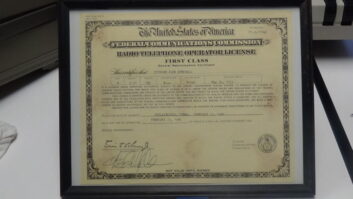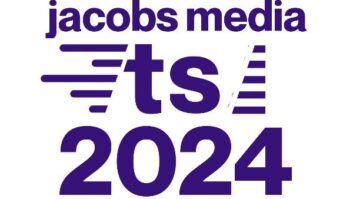After a long wait, the Federal Communications Commission has issued a notice of inquiry about the possibility of creating a new FM class of stations, and commenters are already beginning to weigh in.
The notice seeks comments in two areas: one, whether it is viable to establish a new Class C4 FM station and whether or not certain eligible FM Class A stations are interested in taking advantage of an increase in power from 6,000 W to 12,000 W.
Two, what the impact would be on modifying the requirements for designating short-spaced assignments. The inquiry suggests amending Section 73.215 of the FCC rules, which allows FM stations to be located at less than the normally required distances to stations to which they could potentially cause interference. The proposal on the table would allow short-spacings if the upgrading station protects the other station’s actual contours not just the maximum permitted contour.
[Read: NAB Has Concern About C4 FMs]
Many commenters have so far lauded the potential move.
“We believe that areas currently not serviced by a full-power station will be far better served with the additional coverage this new service would provide,” said Ron Stone, president and CEO of Adams Radio Group, licensee of 21 AM and FM stations. “In times of natural emergencies, which happen often in our coverage areas in Florida, Maryland and Indiana, people find themselves in desperate need of news and information. There are far too many areas without service, which is unnecessary and avoidable with this C4 allocation.”
Station owner Marcus Jones, whose company Lendsi Radio is licensee of WVBG(FM) in Redwood, Miss., agreed.
“Our Class A FM is in very hilly terrain. The increase of power would allow listeners to have a better signal in our coverage area,” he said, adding that the station is the only one to cover local news in the Vicksburg market. “Our station is the only locally owned media in Vicksburg, and we enjoy serving the community that we serve. Adoption of this proposal would help us do it better.”
Bill Countryman, co-owner of KZRC(FM) in Bennington, Okla., said his station is challenged with reaching listeners to the west due to its 6,000 W broadcast limit. “Owning stations and living right here in southern Oklahoma, it is very important for us to be as local as possible in order to survive in the digital age,” he said. “And increase of power to 24,000 watts would allow us to reach more listeners in southern Oklahoma without infringing on any other radio station.”
A petition calling for action on the C4 issue was co-authored by SSR Communications and the Multimedia Media, Telecom and Internet Council. SSR CEO Matthew Wesolowski told Radio World that the commission has finally acknowledged that there is a demand for a new station class after five long years.
While some have expressed concern that FM Class A stations upgrading to FM Class C4 could somehow knock hundreds of secondary signals off the air, Wesolowski said the data and studies of likely stations apt to take advantage of the new class do not support that conclusion.
“My company conducted a study after the fourth and final AM revitalization filing window this year, taking into account thousands of new and relocated FM cross-service translators, and concluded that the impact of the FM Class C4 stations to these licenses would be negligible,” he said.
The National Association of Broadcasters has not yet filed formal comments on this particular notice of inquiry, though the organization said earlier this year that the creation of a new class of FM stations in this country will bring interference challenges.
Comments can be submitted to the FCC ECFS database using Media Bureau Docket 18-184. The deadline for comments will be 30 days after the notice is formally published in the Federal Register.












